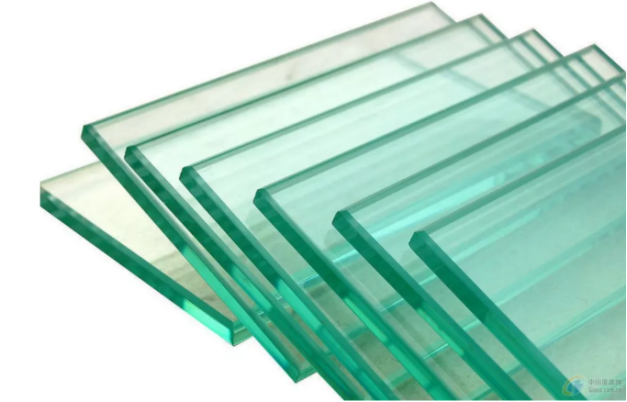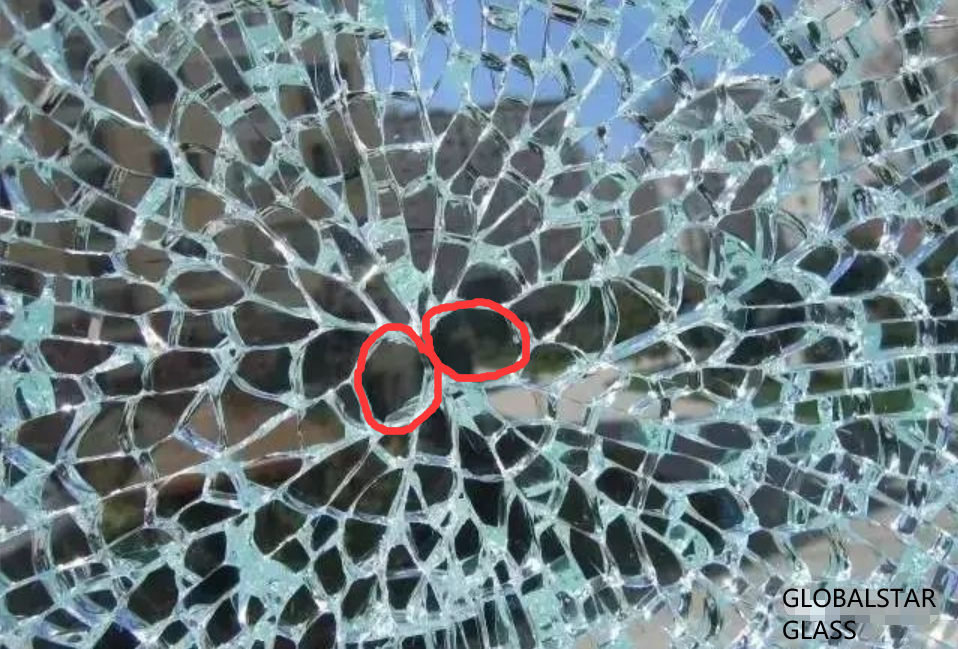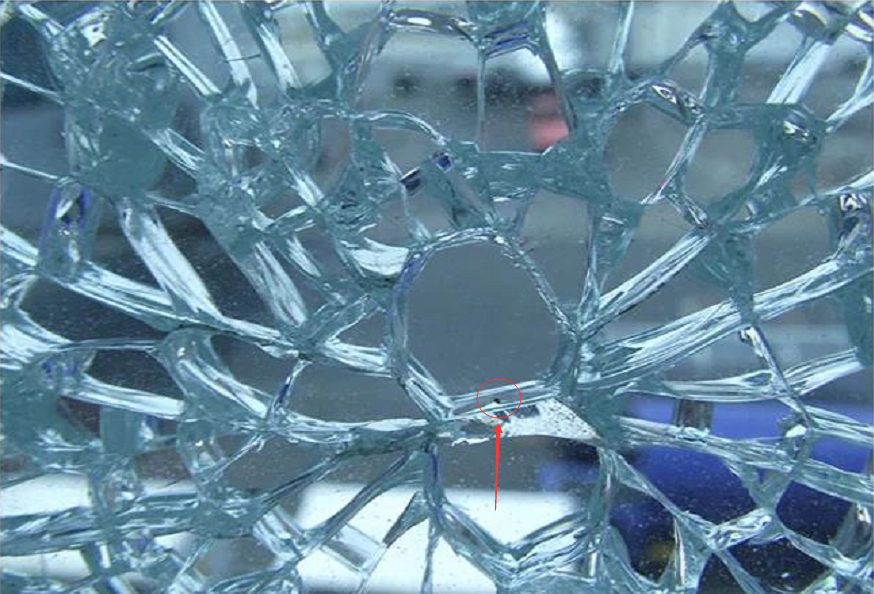Qingdao Globalstar Glass Co., Ltd.
Office address: No.6 Shandong Road, Qingdao,China
Factory address : No.656 Yuhai Road,Chengyang District,Qingdao,China.
View More >Explanation on the problem of self-exploding tempered glass
October 26, 2022Tempered glass may break or blow up during actual engineering use for some special reasons under normal use conditions and without visible external impact.

How to identify whether tempered glass is self-explosion?
Do you think it's complicated? Do not worry, today Globalstar glass will teach you how to tell if the tempered glass is self-exploding
 |  |
| Self-explosion | Not Self-explosion |
First of all, we must observe the broken glass and carefully look for "butterfly"-like cracks. As shown in the figure below, the "butterfly" front wings are mirror symmetrical distribution If this shape is found on the glass "butterfly" cracks, the glass may spontaneously explode.

After finding the butterfly crack, we observe whether there are small black dots in the butterfly crack As shown in the picture, the scientific name of the black dots in the picture is nickel sulfide. If small black dots are found in the thorax and abdomen of the butterfly, you can be 100% sure that this piece of tempered glass is self-exploding.

The causes of crushing or blowing up are complex and can be broadly classified into three categories:
Tempered glass itself, such as toughened glass in nickel sulfide stones phase change expansion, hard stones caused by stress concentration, single silicon impurities around the tangential stress is too large, etc., these reasons for shattering or blowing is known as "self-explosion".In addition over-tempering, uneven stress in tempered glass, low quality processing of glass edges, and other external factors in the production process can make tempered glass with internal stones more prone to self-explode. As a result of heterogeneous particles (such as nickel sulfide stones, monolithic silicon particles, etc.) caused by self-explosion often has a typical self-exploding crack.
Improper design, installation or usage. Such as the use of oversized tempered glass, improper installation of glass stress concentration, the use of multiple pieces of tempered glass or tempered glass and other glass made of glass components, and the structure of the components or the use of the environment so that the tempered glass in the long-term heat exchange is not good but frequently subjected to large temperature differences between hot and cold, and so on.
Many cases are a combination of the above two effects. In the process of actual engineering use, the combined effect is more general.
The above situation shows that the removal of factors such as improper design, installation or use, the fundamental reason for the self-implosion of tempered glass is determined by its own inherent characteristics, so the automatic occurrence of tempered glass in the non-impact state of self-implosion can not be completely avoided.
In order to reduce the hazards and losses caused by tempered glass self-implosion, the following measures can be taken to reduce the above-mentioned shattering or blowing of tempered glass under non-impact conditions:
a)The use of flat glass with less nickel sulfide stones, particulate impurities and air bubbles, i.e. the use of high-quality processing grade flat glass ;Moderate tempering to avoid excessive glass tempering stress, and ensure that the surface stress is as uniform as possible;Improve the quality of edge processing;Secondary heat treatment of tempered glass (often called heat soaked treatment)
b)Design and use tempered glass of appropriate size, and ensure the accuracy of processing; Ensure the installation quality and avoid deformation of the tempered glass during the installation process; Reasonable design and use of glass components to reduce the impact of thermal stress caused by thermal expansion and contraction.
Have any questions about Tempered glass?
Don't hesitate to contact us. Globalstar glass specialists are very happy to help you and provide a variety of flexible and reliable solutions to help you solve various problems.